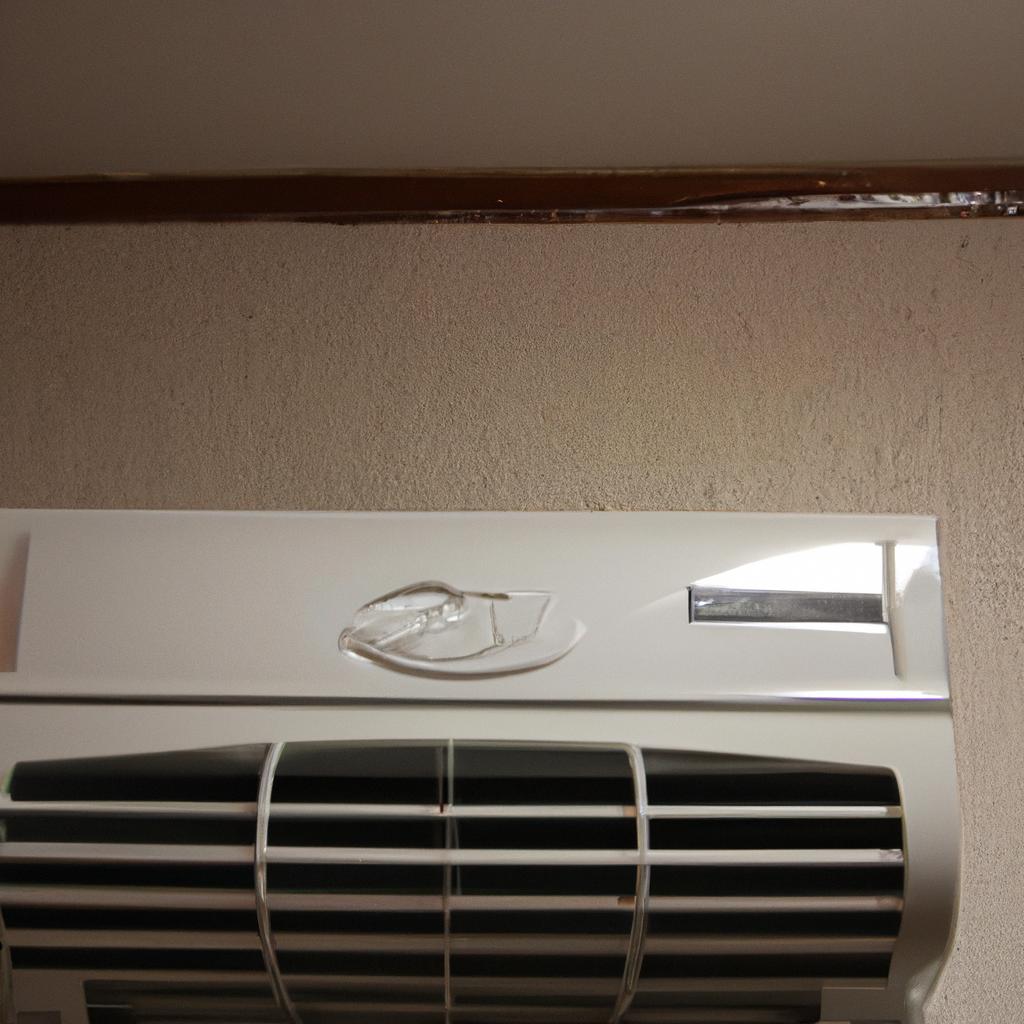When did central air become common in American homes?
Central air conditioning became common in residential homes and commercial buildings in the United States during the 1960s and 1970s. This was due to advancements in technology, increased affordability, and a growing demand for indoor comfort. However, the adoption of central air conditioning varies by region and socioeconomic factors, so the timeline may differ in other countries or specific areas.
It’s a question that many homeowners may wonder as they try to beat the summer heat.
Although it may be difficult to imagine now, there was a time when air conditioning was considered a luxury item reserved only for the wealthy.
In fact, according to the United States Census Bureau, in 1960 only 12% of U.S. households had central air conditioning. It wasn’t until the 1970s and 1980s that central air became more commonplace, with over half of households having it by the end of the century.
But why did this shift occur? And what factors contributed to the rise of central air in American homes?
Let’s explore the history of central air conditioning and how it became an essential part of modern living.
History Of Air Conditioning

Air conditioning has become a staple of modern life, but it is interesting to note that the concept of cooling indoor spaces dates back all the way to ancient Rome.
The first mechanical air conditioning system was invented in 1902 by Willis Carrier, and it was primarily used in industrial settings.
It wasn’t until the 1920s that air conditioning started being installed in movie theaters and department stores.
As air conditioning technology improved, it became more affordable and accessible to the average person.
By the 1950s, air conditioners were becoming popular in private homes as well.
However, it wasn’t until later in the 20th century that central air conditioning became common.
With advancements in technology and efficiency, central air became more affordable for homeowners and began to replace window unit air conditioners as the preferred cooling method for entire homes.
Popularity Of Central Air
Central air conditioning became increasingly popular in the United States during the late 20th century.
By the 1970s, many newly constructed homes were built with central air as a standard feature.
This trend continued into the 21st century, with central air becoming a must-have amenity for most homebuyers.
The rise in popularity of central air can be attributed to several factors.
One major factor is advancements in technology, which made central air more efficient and affordable.
Additionally, changing social norms and expectations placed a greater emphasis on comfort and convenience in the home, making central air a highly desirable feature.
As central air became more commonplace, homeowners began demanding even more advanced cooling technology.
This led to further innovation and evolution of cooling systems, including the development of smart thermostats and energy-efficient units.
These advancements will be explored further in the subsequent section about the evolution of cooling technology.
Evolution Of Cooling Technology
As the demand for cooling increased, so did the evolution of technology.
From hand-held fans to electric fans and eventually air conditioning units, it became clear that people were willing to invest in keeping their homes and workplaces cool.
Central air conditioning became common in the 1960s as a luxury item for those who could afford it. However, as time progressed, it became more accessible and affordable to the general public, ultimately becoming a standard feature in new construction.
The comfort of cool air on a hot day is unparalleled, creating a sense of relief and relaxation. The sound of an air conditioner turning on after a long day can bring a sense of peace and tranquility.
The feeling of walking into an air-conditioned space from the sweltering heat outside can be rejuvenating.
While central air became more affordable over time, there were still economic factors that impacted its adoption. As energy costs rose, homeowners began to realize the importance of energy-efficient appliances.
This led to advancements in central air systems that were more efficient and cost-effective.
Today, with the availability of smart thermostats and zoning systems, homeowners have even greater control over their cooling expenses while still enjoying comfortable indoor temperatures.
Economic Factors Behind Adoption
As the demand for central air conditioning systems grew, so did the competition among manufacturers.
This led to increased production and lowered costs, making the technology more accessible to a wider range of consumers.
Additionally, advancements in energy efficiency and the availability of financing options further incentivized adoption.
Economic factors also played a significant role in the widespread adoption of central air conditioning.
As disposable incomes increased throughout the mid-20th century, Americans were able to invest in home improvements that were once considered luxuries.
The desire for comfort and convenience was no longer limited to the affluent, but rather became an expectation for middle-class households.
Conclusion
In conclusion, central air conditioning has come a long way since its invention in 1902.
It was not until the 1960s that central air became common in American homes. This increased popularity can be attributed to advancements in cooling technology and economic factors.
Before central air became popular, people used individual window units or relied on fans to stay cool. However, these methods were not as efficient and often required a lot of upkeep.
With the introduction of central air, homeowners could enjoy consistent and effortless cooling throughout their entire home.
As someone who has grown up with central air conditioning in my home, it is hard to imagine life without it.
The convenience and comfort it provides are invaluable.
While some may argue that it is an unnecessary luxury, I believe it has become a necessity for many Americans living in areas with hot summers.
As technology continues to improve and energy efficiency becomes a top priority, I am curious to see where the future of air conditioning will lead us.




